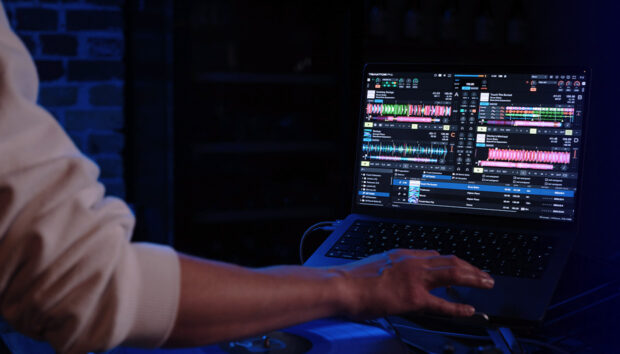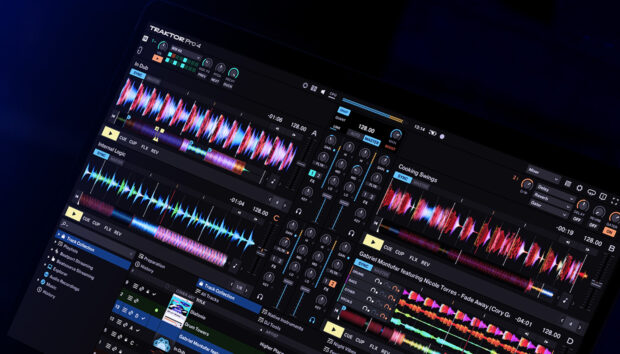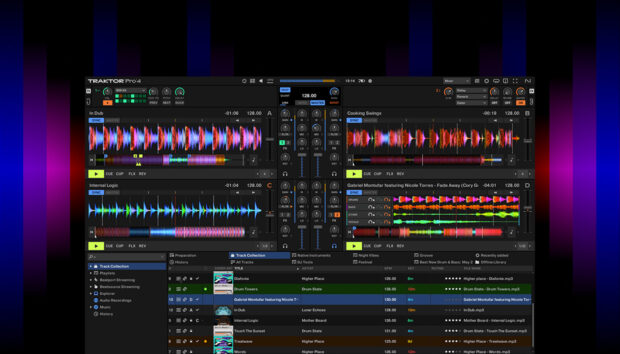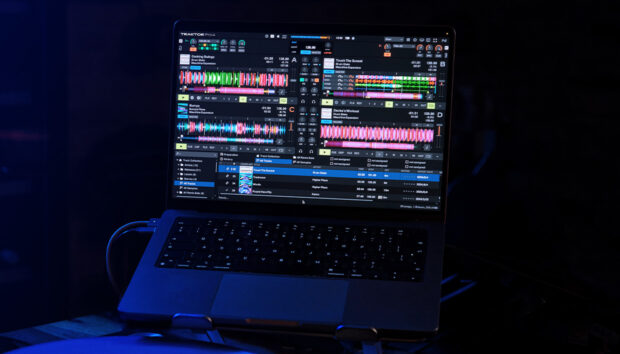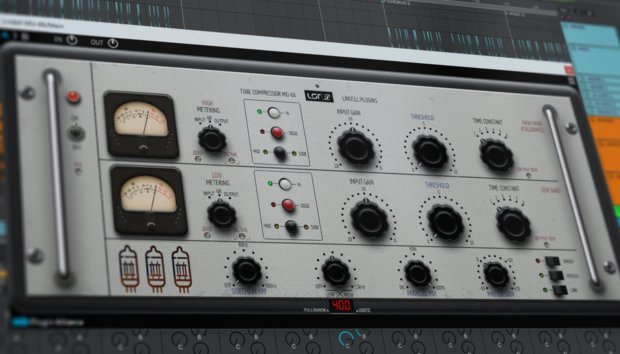
Berlin-based sound designer, music producer, and painter Anna Jordan released her debut LP Botanical Utopia in 2016, a body of music that resonates with deeply textural, downtempo electronica and house. Using KOMPLETE 11 ULTIMATE, Jordan recorded the album under her production alias The Allegorist and released the LP on Kraak Records. As a sound designer, Jordan also produces scores for short movies, and works in various post-production roles. Talking to Native Instruments, Jordan reflects on her time growing up in Hungary, her development as a visual and musical artist, the hurdles she overcame, and her approach to the creative process.
Which came first, painting or music?
I grew up in a religious family where listening to music was not allowed. The only time I heard music, for example, was from the radios of cars passing by. Later, when I moved to Budapest, I got involved in the art scene, and painting was my first form of expression.
How did you learn to produce music?
I learned almost everything online, by watching tutorials on YouTube, and through practice. I felt too shy to go to meetups, because I didn’t know anything back then. Luckily, I love to learn, and when I set my mind to something, I keep going at it until I succeed.
When did you decide to turn this into your job?
Deep down I always wanted to make music, but needed to get other parts of my life on track first. Moving into my current apartment was a big step for me. I finally had a place for myself, where I feel safe and at home, and had the possibility to grow.
What’s your view on diversity and equality in the music scene?
It’s hard to get that start in music as a woman, especially when people expect you to sing, rather than to produce. I had a lot of bad experiences, and felt invisible, and sometimes worthless. I isolated myself for a year, and used every second for learning. After working really hard, I have earned some respect, but it can be really difficult to listen to teachers say that there are no good female mastering engineers because “women hear things differently”.
I am always trying to find communities where I can be accepted. That’s why Native Sessions is such a great event for me. Everyone from Native Instruments was really nice, and I was super happy to see female speakers giving workshops, as well as there being a good number of women in the audience. I also found Female Pressure, and met some of their members while I was in New York.
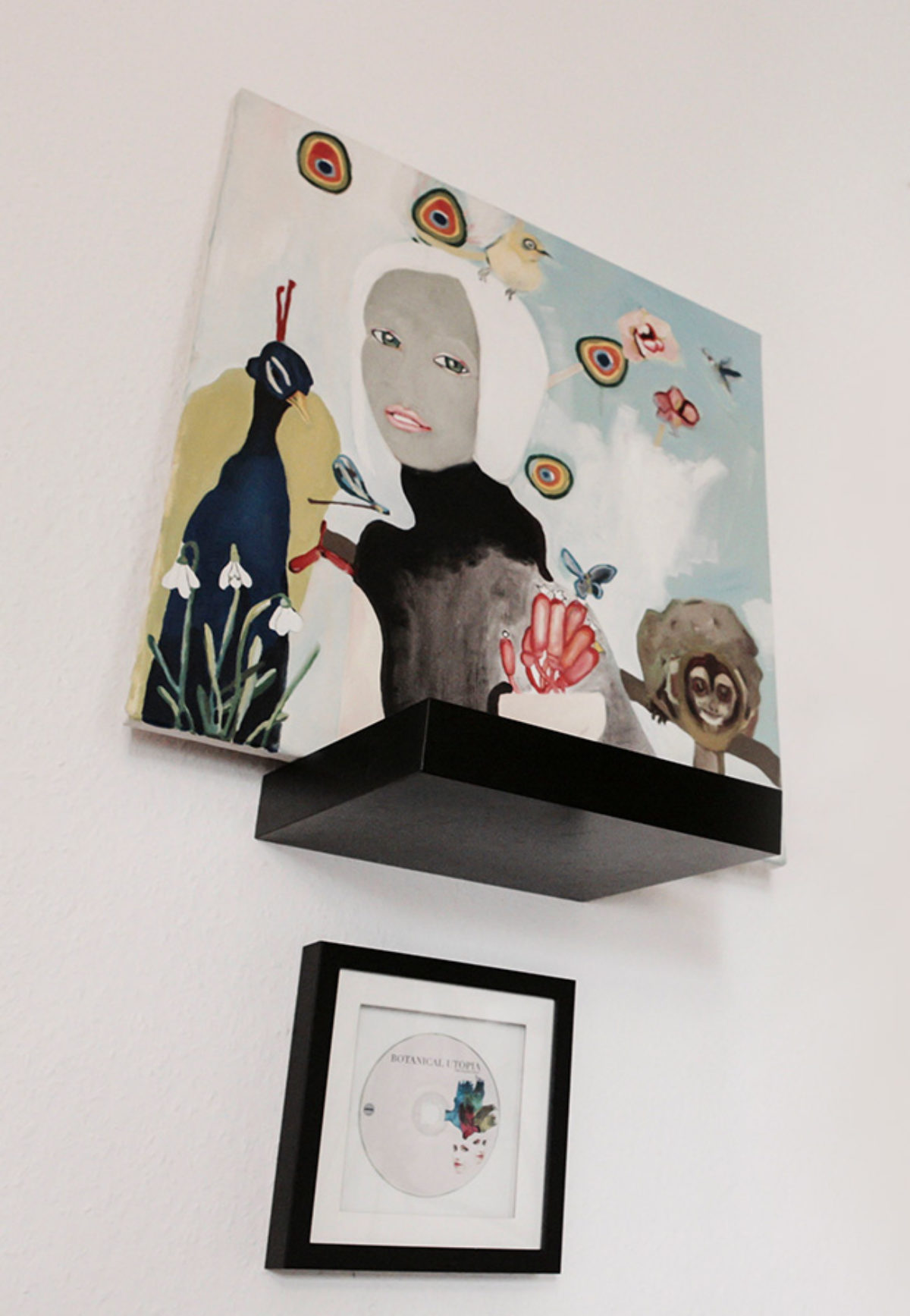
What impact do you hope your art or music has on others?
If I start thinking about what my music means to other people, then I’m afraid that during the creation of the music I will start thinking, “What do people want to hear?” The music I make comes from an honest place, and I want to keep it that way.
I would be happy to just bring some positivity to people. In the past I never got any help, and always had to do everything on my own. If my music gives one person a good feeling, then I’m very happy.
What elements are important to you when starting a new track?
I have no standard way of doing things. I just need to find one element that works and gives me inspiration. This can be a vocal, a bass drum, or even a sound from freesound.org.
Do you often abandon sketches that you’ve started on, or do you follow through with an idea until it’s finished?
In the beginning, it was a lot easier to finish tracks. I didn’t have the technical know-how that I have now, and I didn’t care if something wasn’t perfect. Now I’m a lot slower, I try to perfect things, and love the technical side just as much.
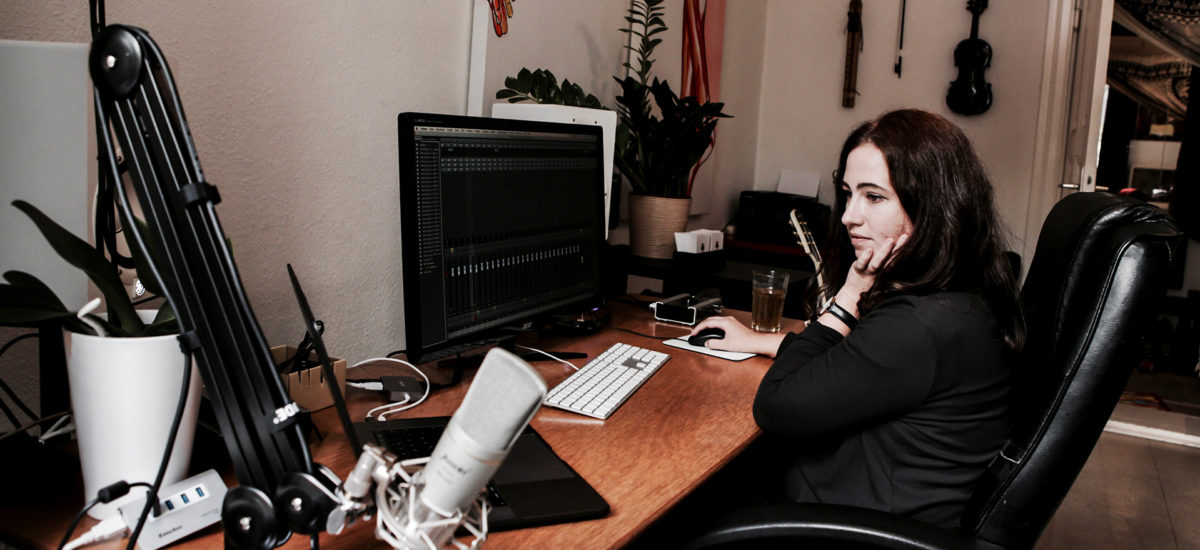
Can you walk us through a particular track you made?
“Foggy Mountains” is a track in which you start out feeling insecure, not knowing if you will make it to the top. Along the way you hear Tibetan monks, and your inner voice. By the time the drums and guitars get louder you feel determined, confident, and strong, knowing you will make it through the clouds to the top.
The track starts with drums from Ableton’s Morph Kit, an 808 kick, and a self-made drum rack, for which I sampled and chopped sounds from Kinetic Metal. I added the bass and vocal. Then I took a sample of a praying Tibetan monk from freesound.org, and put a bandpass filter on it. The synth was made in Absynth. I layered it with a soft organ sound to make it more dreamy. Next I used Evolve Mutations to create a metallic sound, before adding more synths and recording my own vocals. I used Waves Doubler and Driver to thicken the vocal.
For the song’s second theme, I used Strummed Acoustic a few times. First I used a hitting sound on the body of the guitar to create a second kick. Then I used it twice more for the main melody. Using different amounts of reverb, compression, and filtering makes them stand out in the right way.
I really like making sounds by combining different instruments. I combined sounds from Spitfire Albion, Evolve, and the Gear Box and Gramophone Tin instruments in Kinetic Metal to make sounds. By automating the levels, the sounds come alive and remind me of thoughts and memories fading in and out. At the end of the song, I combined multiple sounds again using Spitfire Albion, the cello and viola from String Ensemble, and horns from Brass Ensemble The journey ends in a relaxed way with a sound that reminds me of fluttering wings.
How do you know when the track is finished?
I do a live set in Ableton, and play with the clips that I have. If I am able to do this, and feel I have a beginning, a middle, and an end, then I know I’m onto something. I will then record and arrange my track by launching clips on the fly. I arrange by feeling, and not by counting bars, and following the rules.
As soon as that is done, I will go into the arrangement view and do fade-ins, automation and all those things. Then I normally feel if a track is finished or not. The next step is bouncing everything to audio tracks, which forces me to commit to the sounds as they are. I will then open up the separate tracks in Cubase and do the mixing and fine-tuning. By using different DAWs I have a hard-cut between the composing and the finalizing of a track.
Do you ask other people for their opinion while working on a track, or do you keep it to yourself until it’s done?
I always keep my tracks to myself until they are finished. I don’t want to be influenced by other people when creating a track. My boyfriend is usually the first person to hear a new track. He doesn’t do anything in music, so he can’t comment on the technical side. Instead he gives his opinion on the emotional side.
At what point do you know if a sound is good or not?
You often hear people say, “if it feels good, it is good”, and I agree. Something can sound nice, but to me that doesn’t make it a good sound. A good sound has to grab me emotionally. It has to sound good today, but also tomorrow and the day after that.
Which track by somebody else do you wish you had made?
I would say Jóhann Jóhannsson’s “Here, They Used to Build Ships”. This track really captures me, and I can see a film play in front of my eyes. The music combined with the track’s title makes me wonder what happened there. And also the album LNLNN by Gidge because I really like their sound design. It all feels really 3D to me and I love that.
photo credits: Eva Fredrichs








